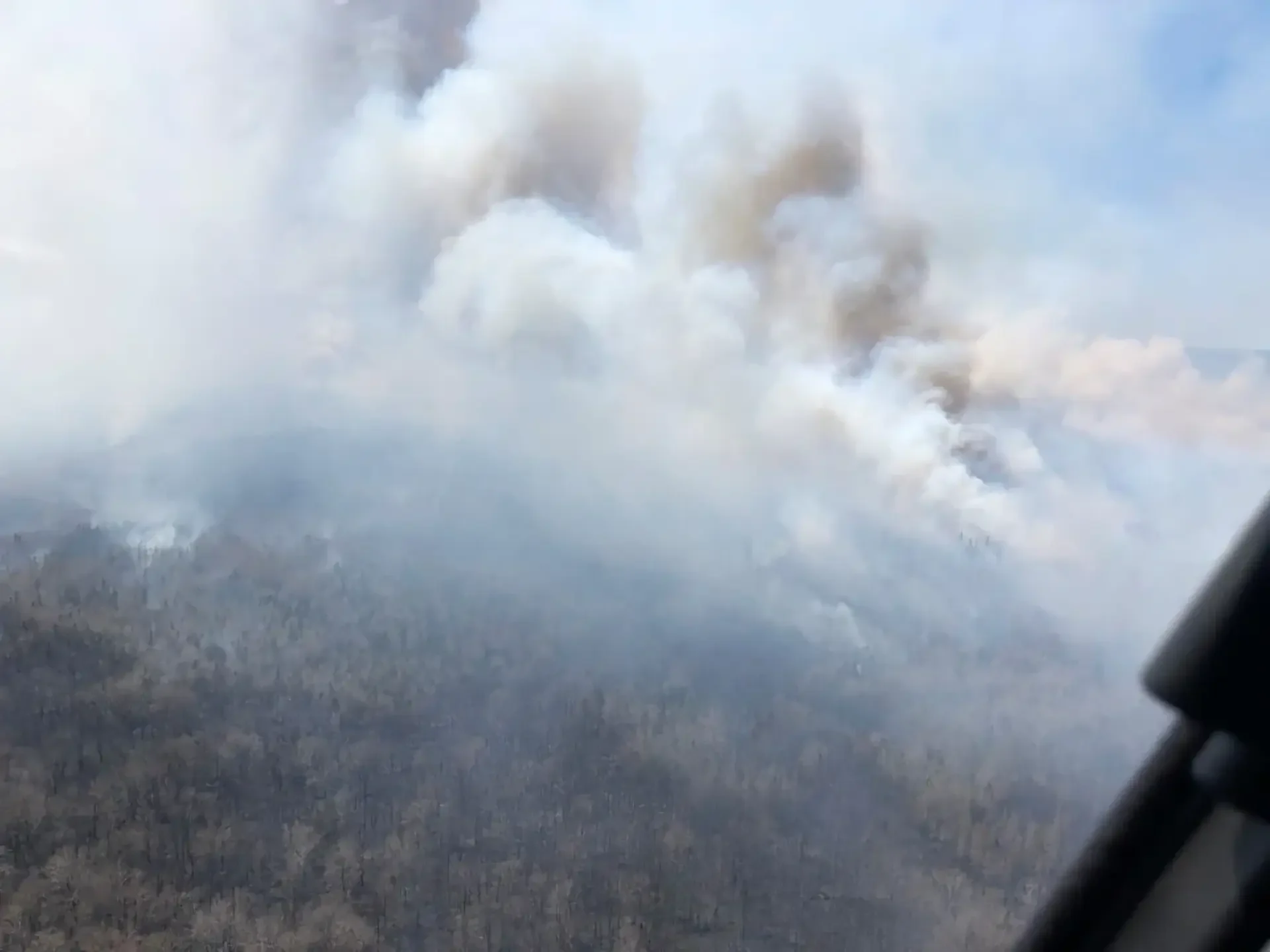
Looking back: Over 200 homes lost to wildfires in Nova Scotia in 2023
As we bid farewell to 2023, let us reflect on the unprecedented and catastrophic wildfires that swept through Nova Scotia in the previous year.
The biggest weather story of 2023 in Nova Scotia was a lack of rain in the early spring, which led to the most devastating wildfire season the province has ever seen.
More than 25,000 hectares of land were burned, and over 200 homes were destroyed.
Over 150 of those burned on May 28th when a fire spread rapidly just outside Halifax in Tantallon.
RELATED: How climate change factored into Nova Scotia’s wildfires
This happened simultaneously as homes were being lost to the Barrington Lake wildfire in Shelburne County. It came under control on June 13th, but not before burning 23,525 hectares (about 235 square kilometres), the largest fire Nova Scotia has ever seen.
The low rainfall in the spring meant a low amount of moisture in the ground and in the trees.
Forest protection manager Scott Tingley tells the Weather Network that the foliar moisture content of the trees is normally at its lowest around the end of May, just before greening up, and last spring's low rainfall meant a low amount of moisture in the ground as well.
“Extraordinary weather conditions, the spring dip, and then unfortunately we had ignitions, and we had very, very dry weather for that week of May 28th to early June. All those things lined up unfortunately this year,” says Tingley.
Support was sent from all the Atlantic provinces, with fixed-wing air bombers coming from Newfoundland and Labrador and New Brunswick. A 17-person crew even came up from New England to help battle the blazes.
The largest number of homes were lost in the Tantallon area shortly after the fire broke out.
"It started basically in the residential area, so there were homes involved in the fire very early on, within probably minutes, and we had crews and aircraft on scene relatively quickly. It's just the big challenge there was how hot, dry, and windy it was that day and the fact that we hadn't had rain for a long time, so the conditions were very dry. Unfortunately, the ignition happened in the residential area, and it moved very quickly, so most of the damage that occurred to the homes and property was in about a 6 to 8 hour span of that first evening on May 28th," explains Tingley.
A province-wide burn ban was announced on May 29, and it lasted until the fire was under control weeks later.
In Tantallon, plans for new roads that would allow for alternate evacuation routes from the suburbs are now being discussed as a result of the devastating wildfires.
Header image courtesy of the Department of Natural Resources
